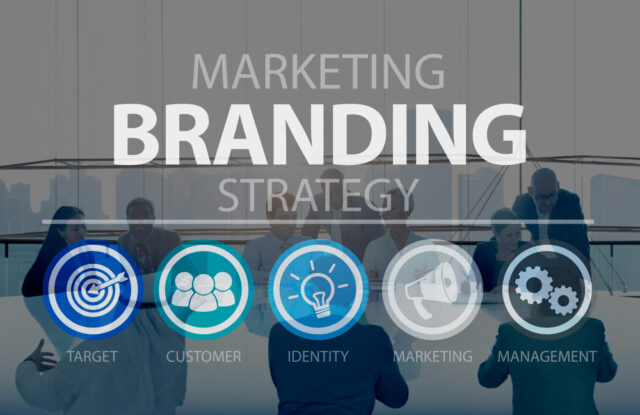
For a minute there, Miami felt unstoppable. The post-pandemic wave of migration brought Silicon Valley energy, influencers flooded in, and investors started treating downtown like a showroom for the future of American business. But as the heat dies down—figuratively, not literally—business owners are facing a sharp and sometimes awkward reality: style doesn’t always scale. And “cool” doesn’t always convert.
That signature Miami vibe—sleek aesthetics, high-end design, sun-drenched minimalism—helped put the region’s businesses on the map. But now, across South Florida, there’s growing pressure to evolve beyond the look and deliver on substance. The backlash isn’t loud, but it’s building. Customers want more than a vibe. They want value, clarity, and a reason to come back. And a surprising number of businesses aren’t prepared for that shift.
The Aesthetic Trap That Caught Everyone Off Guard
Miami has long had a reputation for leading with aesthetics. Art Deco hotels. Neon signage. Waterfront offices. Even the food trucks look like they were designed by a creative director. In recent years, businesses have doubled down on this approach, thinking that polish equals professionalism. But that thinking has started to backfire.
Some of the best-looking brands in South Florida are the ones struggling the most with customer retention. Why? Because a perfect feed doesn’t mean the product lands. A trendy logo can’t replace a clear value proposition. And in a saturated market, customers get tired of being sold an image without any substance to support it. They start to tune out. And when people start tuning out in Miami—where competition is high and attention spans are short—that’s when things unravel.
To get back on track, local companies are shifting away from looking impressive to becoming more intentional. That shift is especially obvious in how companies are approaching rebrands. Instead of focusing on what looks cool on Instagram, they’re starting to ask what actually makes someone want to buy—and come back again.
Why Rebranding Alone Isn’t the Fix
In response to sluggish growth or declining engagement, many businesses have turned to rebranding as a quick solution. But slapping a new font or slogan onto the same tired strategy doesn’t work anymore. Customers are savvy. They can tell when a company’s trying to mask problems with fresh packaging.
This is exactly why branding agencies in Miami have become more than just design partners—they’re acting as strategic advisors. The ones who do it right are digging deep into the DNA of a company. What’s the actual mission? Who is the real audience? Where’s the disconnect between how the company sees itself and how the customer sees it?
When business owners answer those questions honestly, they stop chasing trends and start building something with longevity. Flash fades fast, but relevance sticks around. And relevance isn’t built in Photoshop—it’s built in how a company behaves, speaks, and delivers. A smart rebrand doesn’t just change how you look. It changes how you think.
What Customers Actually Want Now
The Miami of three years ago was flooded with bold promises and carefully curated hype. It worked—for a while. But consumer fatigue has quietly crept in. People don’t want to be dazzled; they want to be understood. They don’t want to guess what a business stands for; they want to feel it in the first few seconds of interaction.
That’s why messaging is quickly overtaking visuals as the main driver of growth. Customers are hungry for brands that speak to them like humans. They want context, not catchphrases. They want to see a business that gets their pain points and actually knows how to solve them—not one that just looks good doing it.
This is where digital marketing becomes essential. Not just for driving traffic, but for bridging the gap between look and language. Smart campaigns aren’t just about visibility anymore. They’re about clarity. About making it easy for someone to say, “Yes, this is what I’ve been looking for.” That clarity builds trust. And trust, not trendiness, is what actually drives conversion in 2025.
The Local Advantage Most Businesses Still Underestimate
While national companies try to chase authenticity with big budgets and vague values, South Florida businesses have a major edge: they’re local. And if they lean into that—really lean in—they can build something the big guys can’t fake. A grounded, specific, real-world connection to the communities they serve.
But tapping into that advantage requires more than a zip code. It requires telling stories that feel real. Using language that sounds like it belongs to the people you serve. Dropping the overly filtered brand voice and replacing it with something warmer, more direct, and helpful.
From Fort Lauderdale to Wynwood, the companies gaining traction now are the ones getting honest. They’re not pretending to be lifestyle brands or chasing national virality. They’re fixing problems for real people in real places. And their branding reflects that—less polish, more presence.
When Cool Stops Working, Strategy Starts Winning
It’s not that Miami isn’t cool anymore. It’s that cool doesn’t mean what it used to. The playbook has changed. Design alone doesn’t do the heavy lifting. Vibes don’t guarantee loyalty. And as more consumers learn to sniff out inauthenticity in under three seconds, businesses are being forced to rethink what branding even means.
The future in South Florida looks less like a style show and more like a strategy session. Businesses that survive this shift won’t be the ones with the most followers or the cleanest logo. They’ll be the ones that know exactly who they’re talking to, how to speak that customer’s language, and how to deliver on the promises their branding makes.
Being in South Florida means competing in one of the most visually saturated markets in the country. But looking good isn’t enough. If your brand can’t back it up with clarity, connection, and real value, no amount of aesthetic will save it. The ones who win next? They’ll be the ones who stopped chasing cool and started building trust.
Disclaimer
The information contained in South Florida Reporter is for general information purposes only.
The South Florida Reporter assumes no responsibility for errors or omissions in the contents of the Service.
In no event shall the South Florida Reporter be liable for any special, direct, indirect, consequential, or incidental damages or any damages whatsoever, whether in an action of contract, negligence or other tort, arising out of or in connection with the use of the Service or the contents of the Service. The Company reserves the right to make additions, deletions, or modifications to the contents of the Service at any time without prior notice.
The Company does not warrant that the Service is free of viruses or other harmful components












